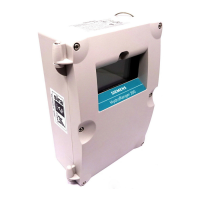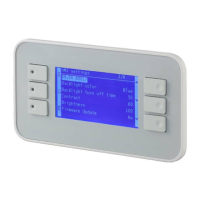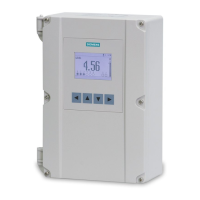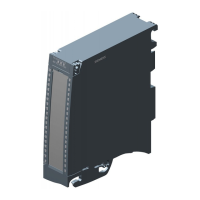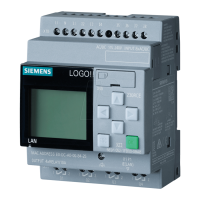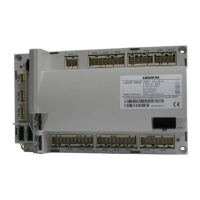Glossary
A31003-W1040-U101-1-7619, July 2006 DRAFT
278 HiPath Wireless Controller, Access Points and Convergence Software V4.0, C10/C100/C1000 User Guide
hwc_glossary.fm
Networking terms and abbreviations
OS Operating system.
OSI Open System Interconnection. An ISO standard for worldwide
communications that defines a networking framework for
implementing protocols in seven layers. Control is passed from one
layer to the next, starting at the application layer in one station, down
through the presentation, session, transport, network, data link layer
to the physical layer at the bottom, over the channel to the next station
and back up the hierarchy.
OSI Layer 2 At the Data Link layer (OSI Layer 2), data packets are encoded and
decoded into bits. The data link layer has two sublayers:
● the Logical Link Control (LLC) layer controls frame
synchronization, flow control and error checking
● The Media Access Control (MAC) layer controls how a computer
on the network gains access to the data and permission to
transmit it.
OSI Layer 3 The Network layer (OSI Layer 3) provides switching and routing
technologies, creating logical paths, known as virtual circuits, for
transmitting data from node to node. Routing and forwarding are
functions of this layer, as well as addressing, internetworking, error
handling, congestion control and packet sequencing.
OSPF Open Shortest Path First, an interior gateway routing protocol
developed for IP networks based on the shortest path first or link-state
algorithm. Routers use link-state algorithms to send routing
information to all nodes in an internetwork by calculating the shortest
path to each node based on a topography of the Internet constructed
by each node. Each router sends that portion of the routing table
(keeps track of routes to particular network destinations) that
describes the state of its own links, and it also sends the complete
routing structure (topography). Using OSPF, a host that obtains a
change to a routing table or detects a change in the network
immediately multicasts the information to all other hosts in the network
so that all will have the same routing table information. The host using
OSPF sends only the part that has changed, and only when a change
has taken place. (RFC2328)
OUI Organizationally Unique Identifier (used in MAC addressing).
Term Explanation
Table 19

